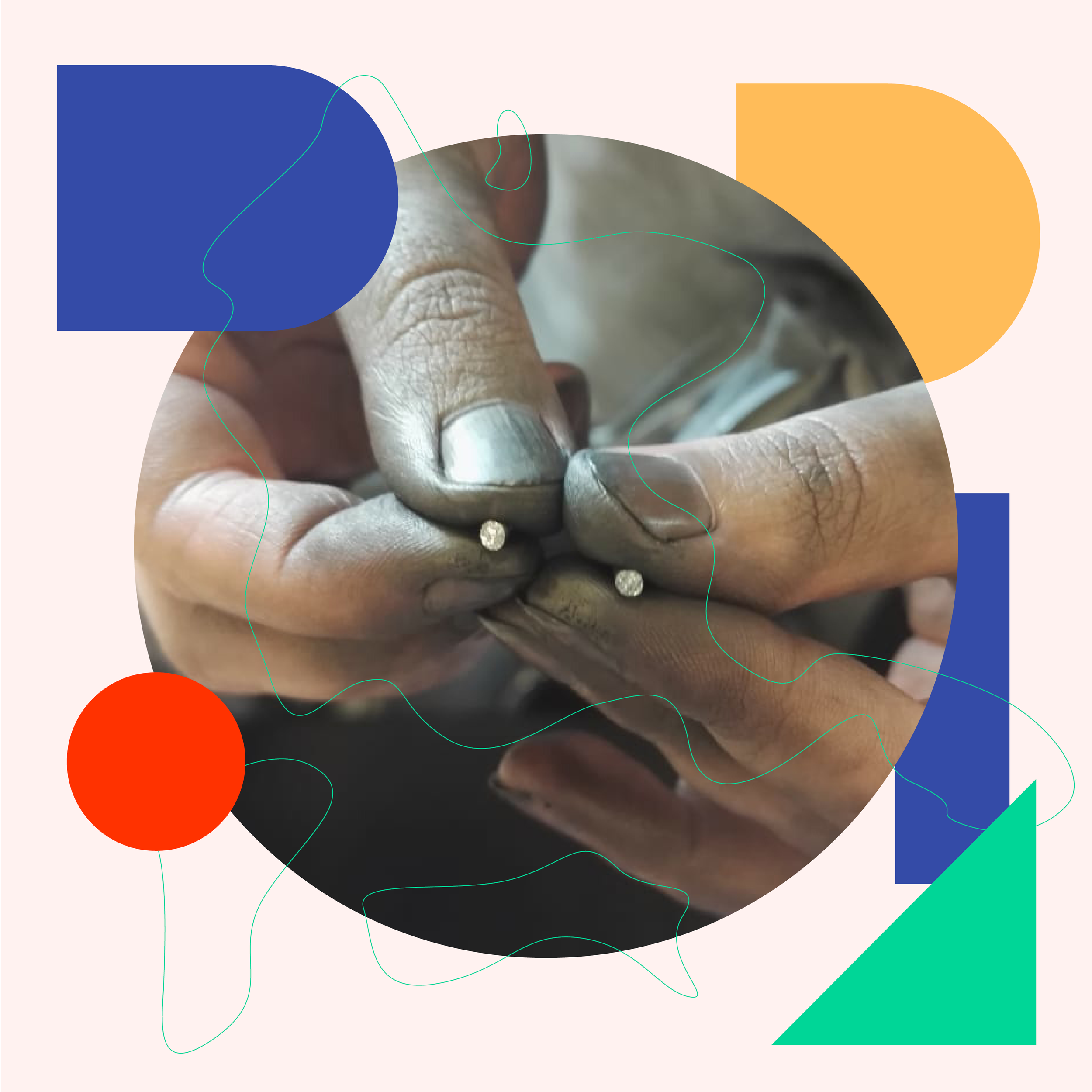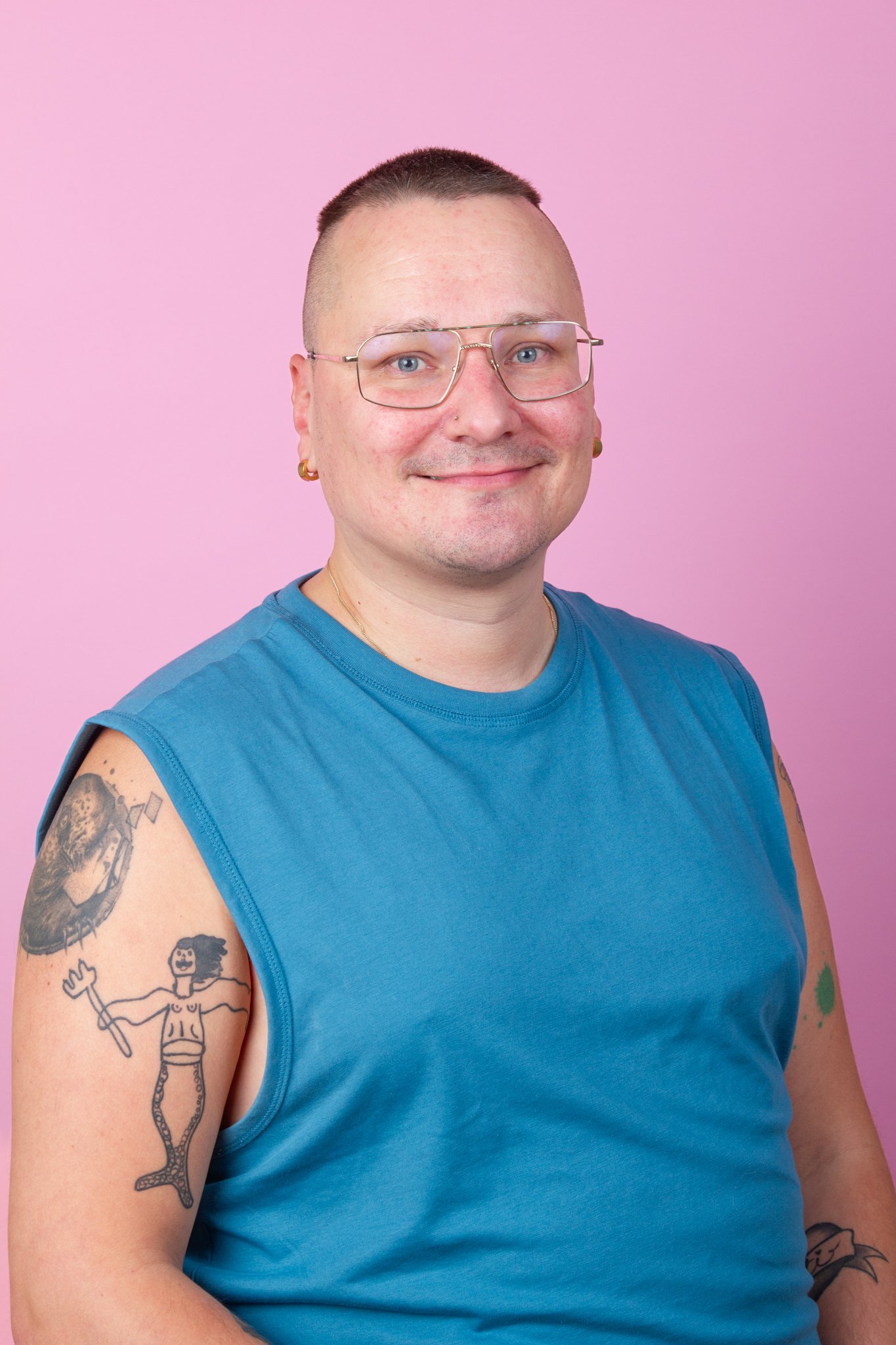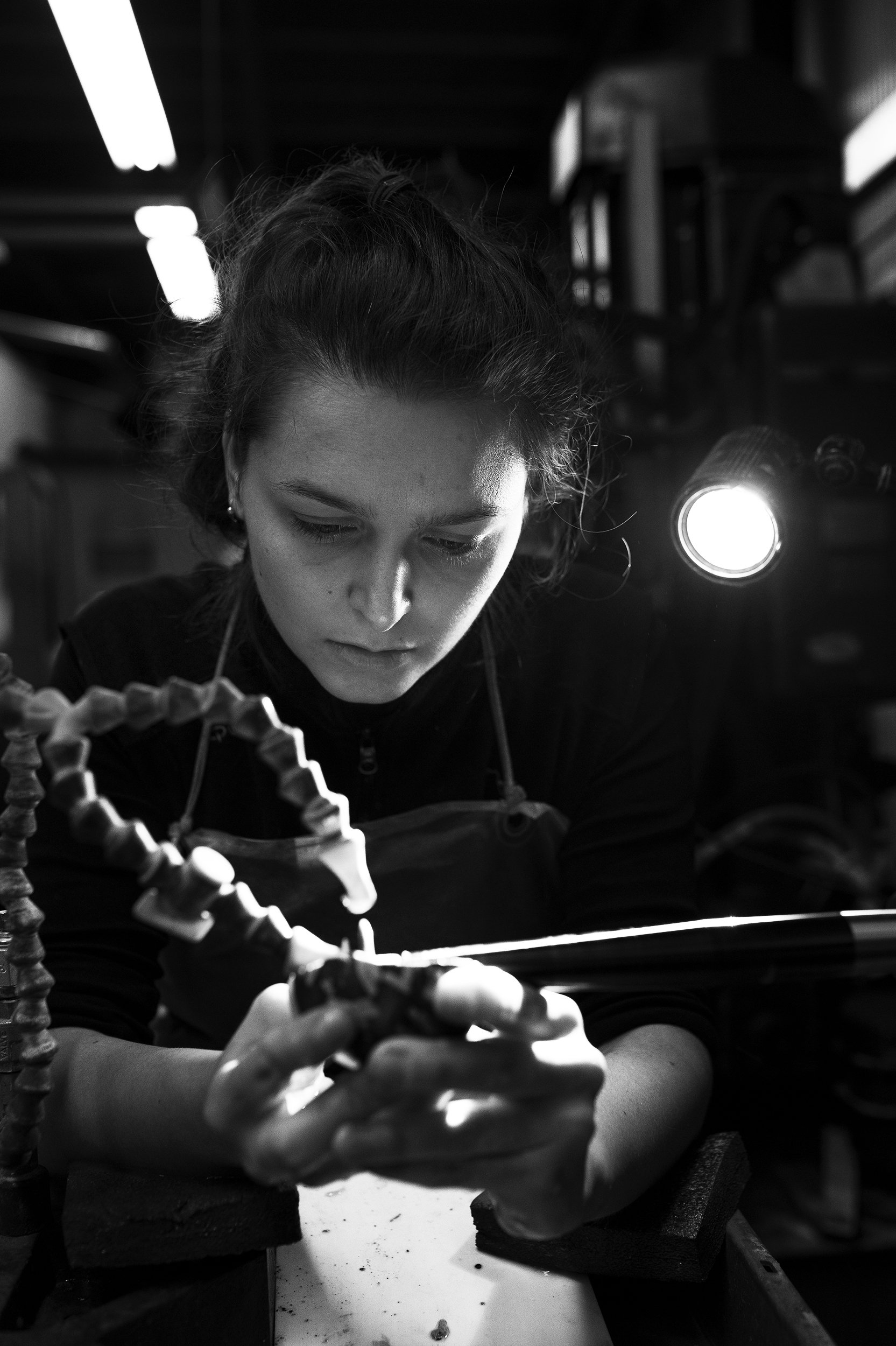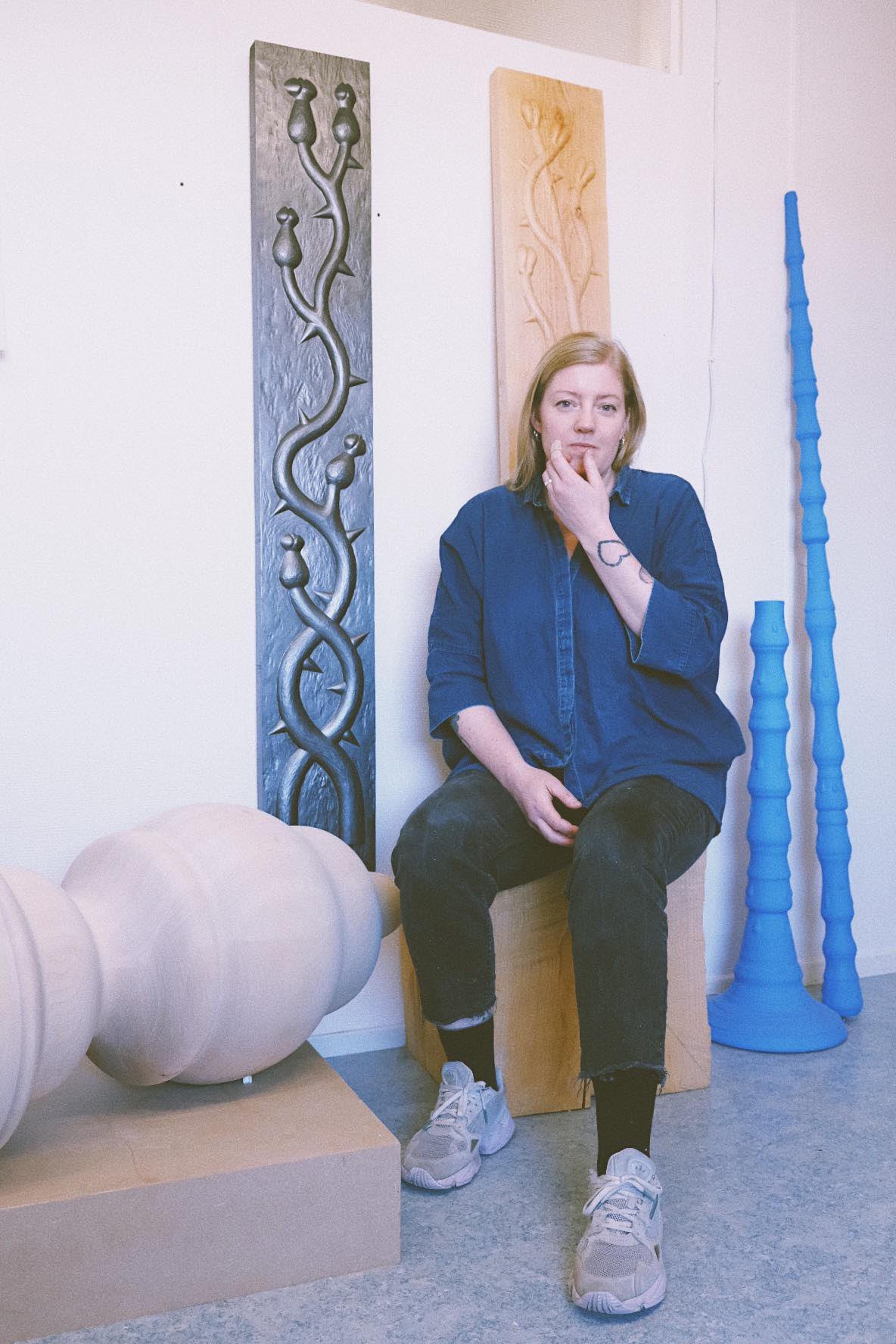Workshops
KORU workshops have always been wonderful places to get fascinated, to learn and to meet people. International teachers have guided beginners and professionals alike through intensive workshop days with different themes.
Three jewellery related workshops will take place from the 4th to the 6th June in 2024 in Lappeenranta.
Workshops:
1) Urmas Lüüs (EE) & Timo Tähkänen (FI): Listening and making yourself heard
2) Katharina Dettar (UK/ES/DE): Nose-to-Tail approach
3) Sanna Lindholm (SE): Into wood Sold Out
Time and place:
4th - 6th June 2024
LAB University of Applied Sciences, Fine Art department.
Yliopistonkatu 36, Lappeenranta
The price of the workshops:
300€ / person
150€ / person (for students and members of the Finnish Jewellery Art Association)
The price includes the participation in one 3-day workshop and evening program.
The price does NOT include:
- meals
- materials
- travel
- accommodation
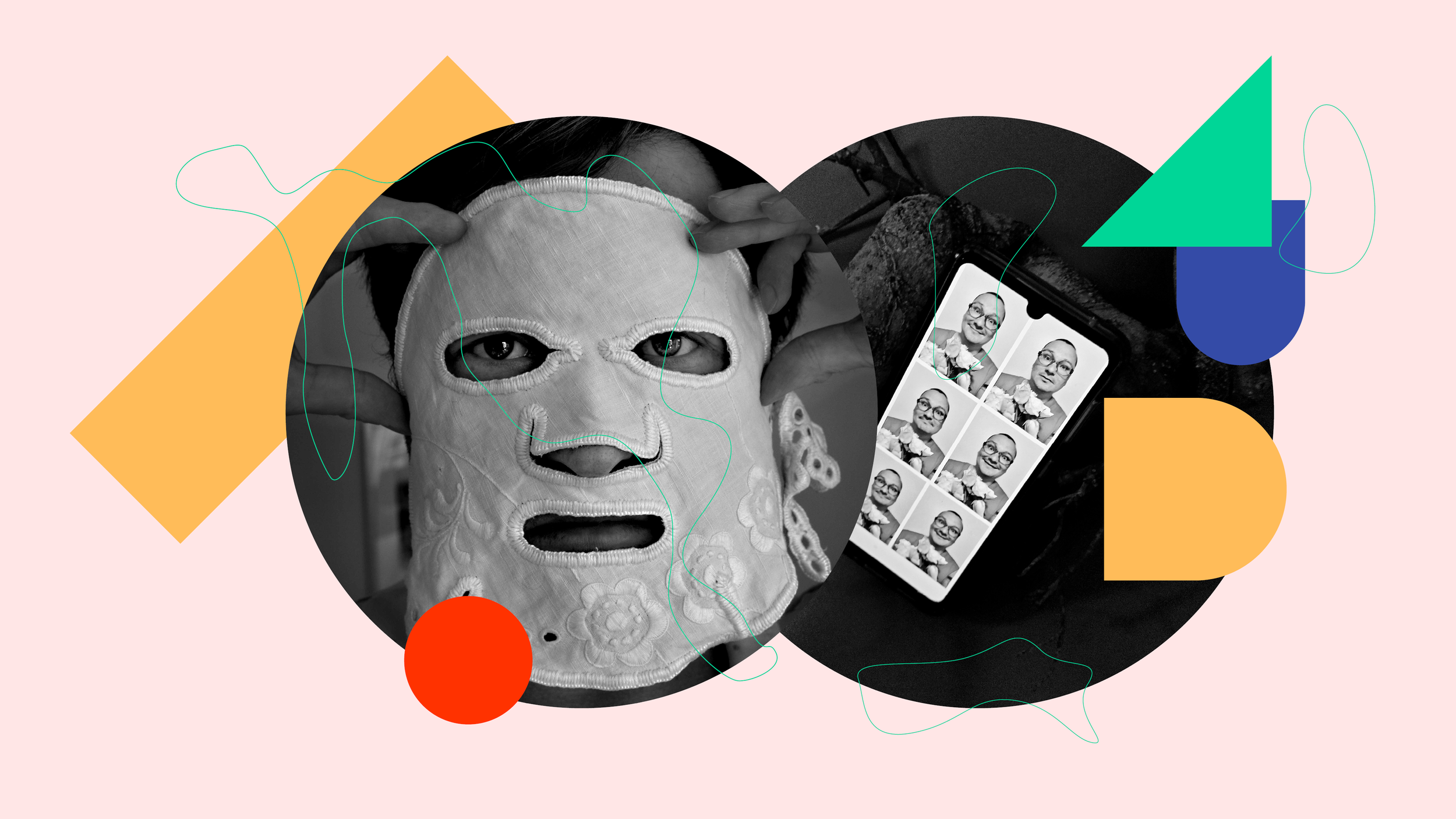
Listening and making yourself heard
Urmas Lüüs & Timo Tähkänen
In the workshop, we explore performativity of both our bodies and material culture. We will use various exercises, sauna, discussions, massage therapy and theoretical lectures to open up the relationships between our bodies and society. We experiment with different ways of storytelling and creating poetic narratives.
Every design object that we create is performative, as it is meant to be used. Either it is a chair, piece of jewellery, dildo or a water bottle, we do something with it. If we take a regular daily activity and extend it to absurdity, we enter the field of performing arts. How to make a simple gesture of sitting on a chair into a performance?
Like RuPaul said: “We´re born naked, and the rest is drag". What do objects that we own tell about us and how to communicate to others through material culture? How do we express our identity? In what ways can you be heard? How are our bodies related to each other and to nature?
The goal of the workshop is to offer an opportunity to explore together the relationship that we have with objects and our own bodies. And also to get to know other participants and spend a relaxed and fun early summer in Finland, even if some of the tasks may take you out of your comfort zone, but you know, there is not much interesting happening in that zone anyway :).
Urmas Lüüs (b. 1987) is an Estonian artist, theatre maker and designer who works between the scopes of visual art and performing arts. In his work he combines video, body, performance, conceptually charged commodities, photography, sculpture, word and sound into a trans-medial whole. He holds a bachelor’s and master’s degree in blacksmithing from the Estonian Academy of Arts. Urmas Lüüs supervises students at the Estonian Academy of Arts, the Department of Performing Arts of TÜ Viljandi Academy of Culture and the Department of Metal Art at HDK Steneby. He has previously also taught at the Rietveld Academy in the Netherlands, the Chinese Academy of Arts, Silpakorn University in Thailand and Hiko Mizuno College in Japan. He also writes for various cultural publications on art, design, theater and contemporary crafts.
Timo Tähkänen (b. 1983) is an Finnish artist who works in the fields of visual art, performance and drag. Colour, body, material and human relationships are often intertwined in their works. Their artistic practice is driven by reflections on the aesthetics of interaction and the mundane as well as on the place of an artist in society. They hold a master’s degree in Fine Arts from the Finnish Academy of Fine Arts. Currently they are a part-time lecturer and are completing their PhD at the University of the Arts Helsinki. In their artistic research, they ask how does listening in a queer body affect their artistic practice and what significance their experiences have for society.
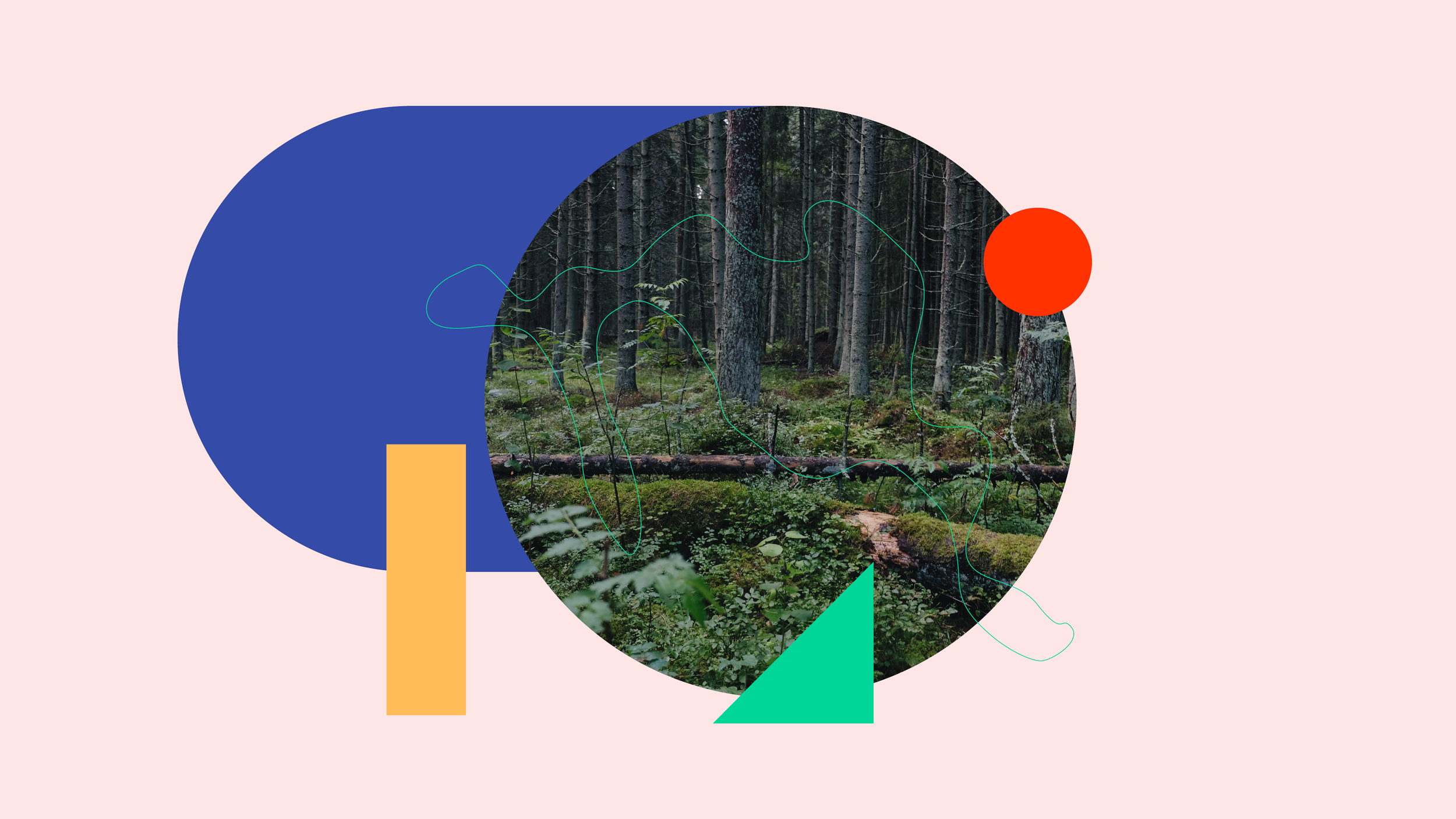
Nose-to-Tail approach
Katharina Dettar
Adopting the 'nose-to-tail' approach in stone carving entails utilizing and incorporating every conceivable part of the stone in the creative process, mirroring the philosophy of ensuring that every edible part of an animal is utilized and consumed, as opposed to solely relying on high-value cuts.
Participants will evaluate, contemplate, and devise methodologies for working with stone, embarking on an exploration of its materiality while delving into the art of stone carving and its environmental and social impact.
Katharina Dettar born in Fürth, raised in Catalonia, living in London.
Her practice explores the notions of jewellery and object through materials. Having an interest and awareness in the origin of these, part of her outcomes investigates themes such as waste, sustainability, and nature.
Her work has been exhibited in museums and galleries in Europe, North America and Asia. Her pieces are part of public collections in Museum Arnhem, CODA Museum Apeldoorn, Muzeum Cesueho Raje Turnov, the International Collection of Contemporary Jewellery Legnica, International Collection Hochschule Idar-Oberstein, and the Royal College of Art Collection in London.
Katharina holds an MA from the Royal College of Art, and previously studied in Idar-Oberstein, Lappeenranta and Barcelona. The Studienstiftung des deutschen Volkes supported her throughout her studies in Germany and UK. Winner of the Talente Prize in Munich and the Förderpreis des Landes Rheinland-Pfalz in 2010.
Currently a senior lecturer at Central Saint Martins and Visiting Lecturer at the University of Herfordshire, Guest Lecturer at the Royal College of Art since 2020. Katharina worked as a gallery manager at Gallery S O London from 2018 to its closure in 2021.
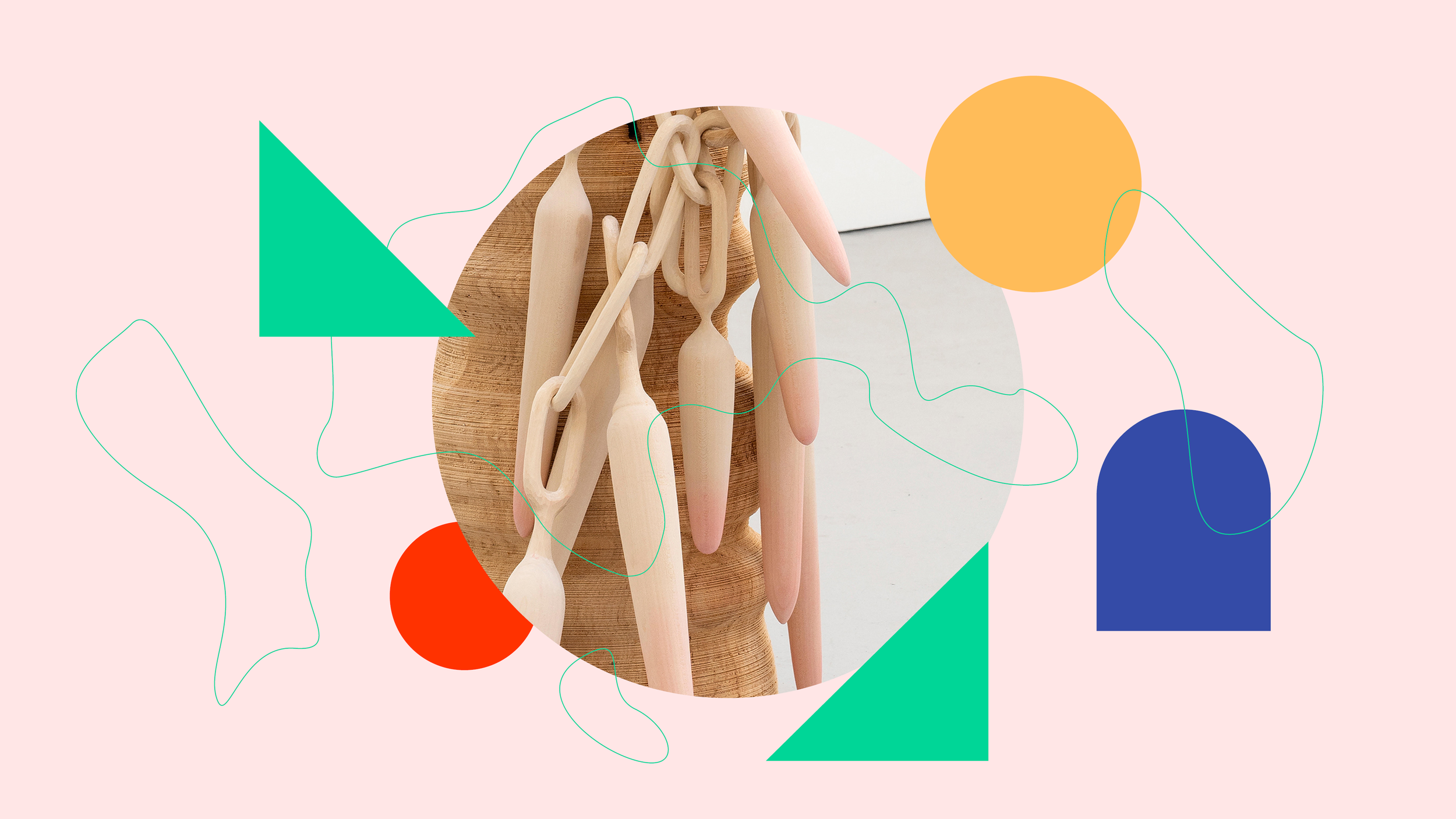
Into wood
Sanna Lindholm
Welcome to a workshop where you will explore sculptural expressions and approaches in the material wood by working with hand tools such as the knife, chisel and axe.
You will learn fundamental techniques which will give you a broadened set of tools to use in your own artistic practice when working with wood.
Sanna Lindholm works with sculpture in wood, often with the woodturner as a sculpting tool in combination with hand tools and traditional techniques. The rotation in nature, the production in the lathe and the wood´s cyclic energy have in her work strong ties to each other. There, thoughts and ideas about transformation, movement and transiency are central.
Wood as a material has a significant role in her practice partly based on its physical properties and possibilities where she feels great freedom. As well as being a material that carries the story of time stored within itself, a story that reveals conditions and changes over the course of time in its growth and through its physical structure links forms and motifs in a cyclical flow of energy. There, is not only the idea of progress and a forward motion present, but also the link backwards and a reminder of the perishable, impermanent and vulnerable.

